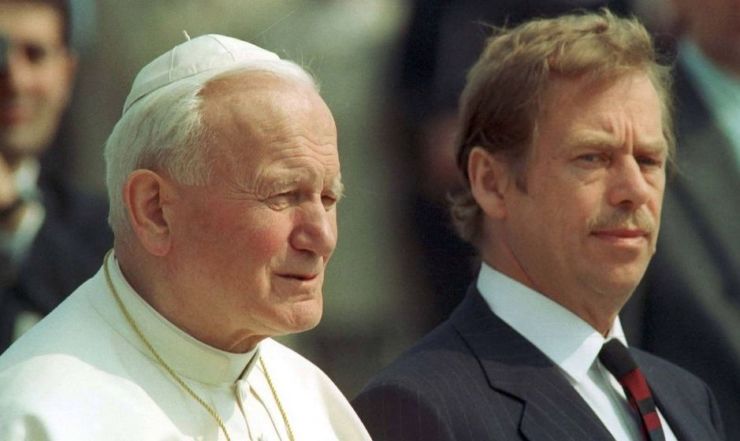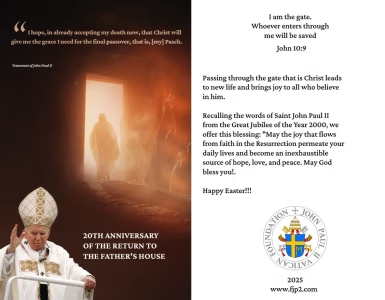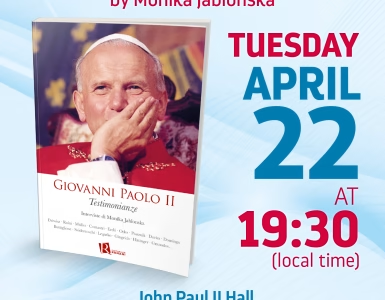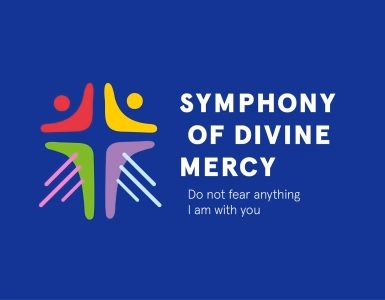For the freedom celebrations, collective freedom for the peoples of Central and Eastern Europe, John Paul II went to Prague, at that time the capital of Czechoslovakia. President Vaclav Havel, who had been in prison six months earlier, welcoming the first Slavic Pope, could do nothing but say, “This is a miracle!”
Yes, it is true that then also difficult moments came, and for Karol Wojtyła moments of sadness, disappointment. A Europe overrun by consumerism, forgetting its own Christian roots, on such an uncertain path of experiencing freedom and building democracy. He did not dream of such Europe, and in a way, he did not outline such Europe in the encyclical Centesimus annus. A Europe in which, fifty years after the end of the Second World War, a cannon boom has been heard. This was not Europe that John Paul II almost always privately fought for. And yet, thanks to the Polish Pope, “the incredible year of 1989” was a point that excluded return, a turning point for the peoples of Europe, but also for the entire human family. It was a victory for freedom; victory of truth. Karol Wojtyła always believed that this day would come. I was told that one time, many years before the fall of the Wall, there was a meeting with the Holy Father. Cardinal Casaroli, Secretary of State; Archbishop Martinez Somalo, Substitute; and, several other Prelates were present. They started talking about the geopolitical reality of the world at the time, especially Europe. Someone noticed that communism seemed to take roots in consciences. The Holy Father waited for everyone to speak, and then, without denying anyone, he said, “I have a different view.” I began to draw a panorama, which for everyone present at that time was an impossible image not only to accept, but even to be imagined.
Only later, they did understand how he was able to read in advance the history of the Church and the world.
With the permission of Cardinal Stanisław Dziwisz – “At the side of the Saint”
St. Stanislaw BM Publishing House, Krakow 2013





